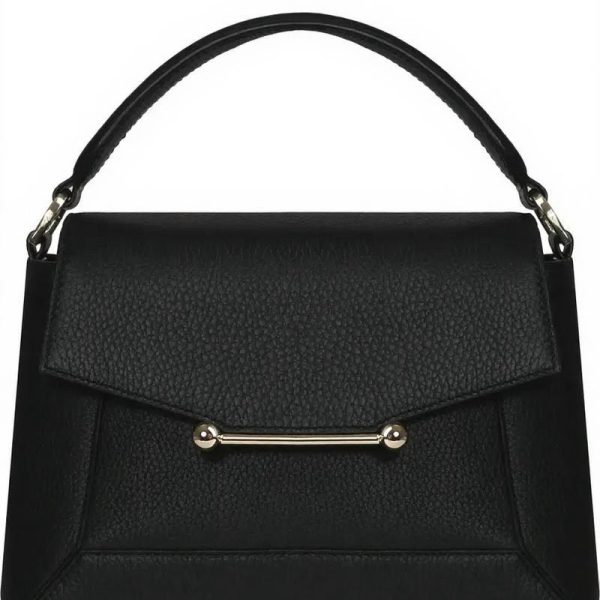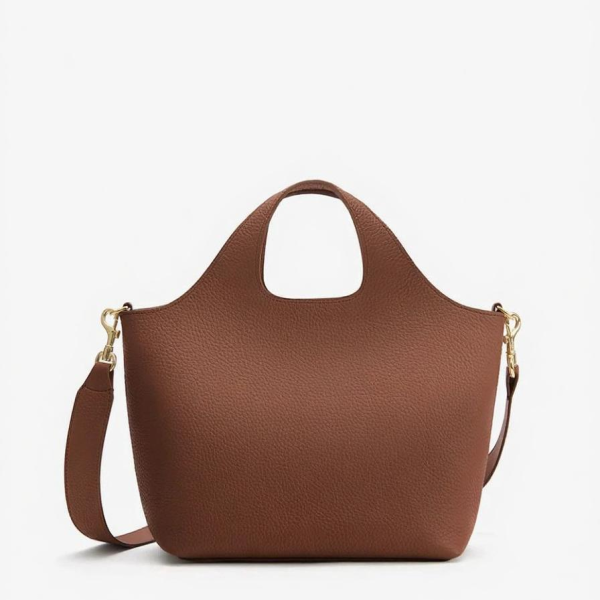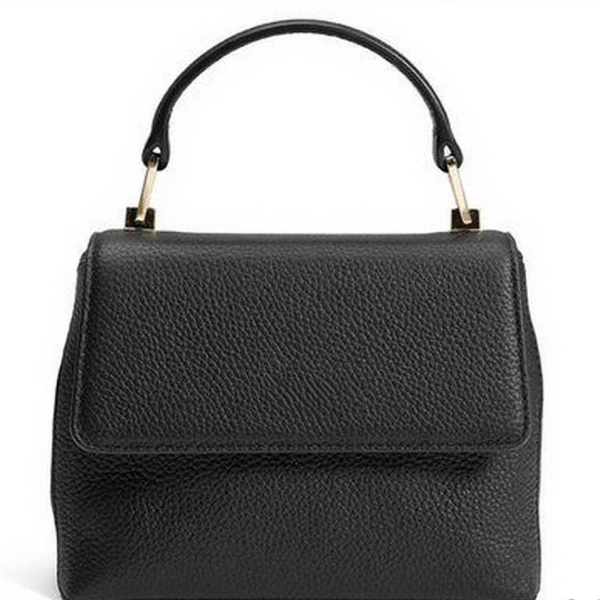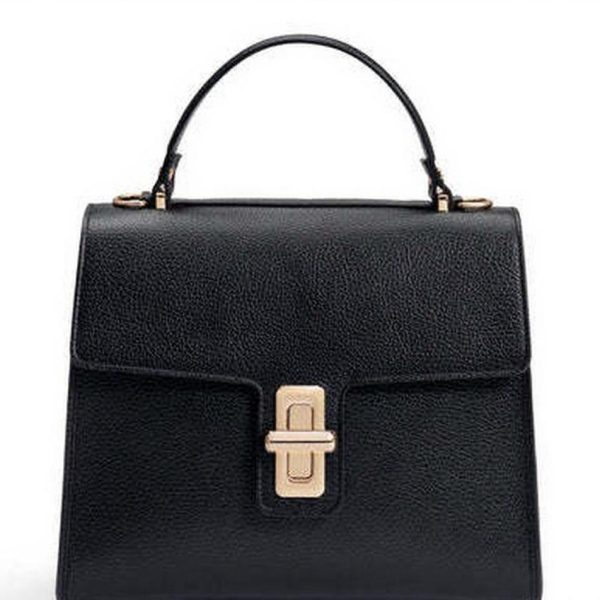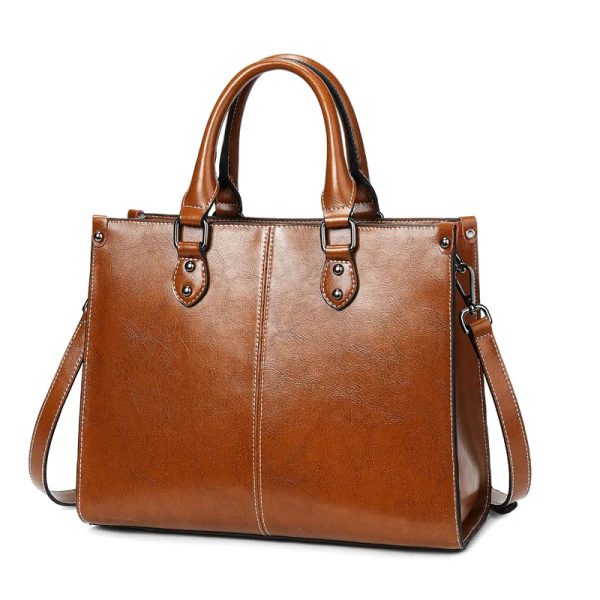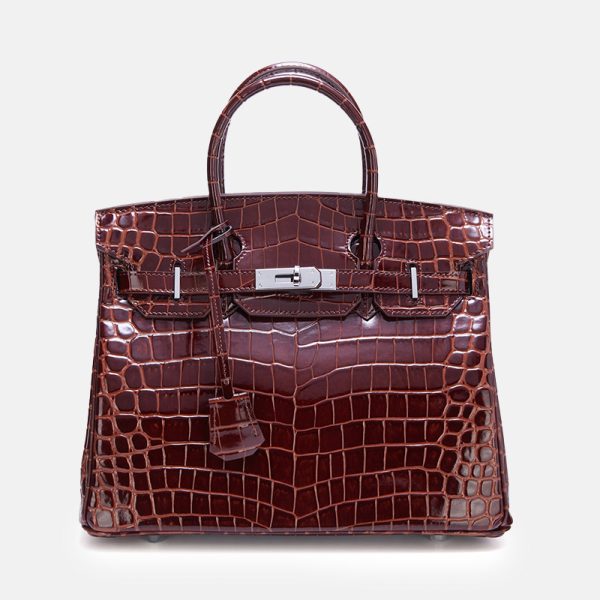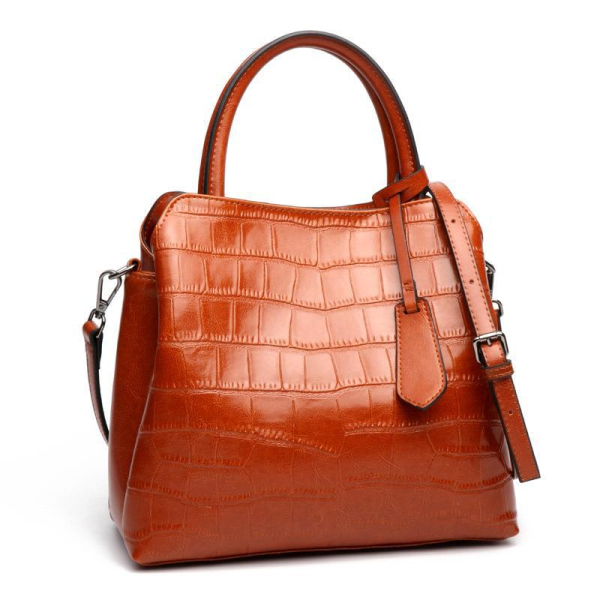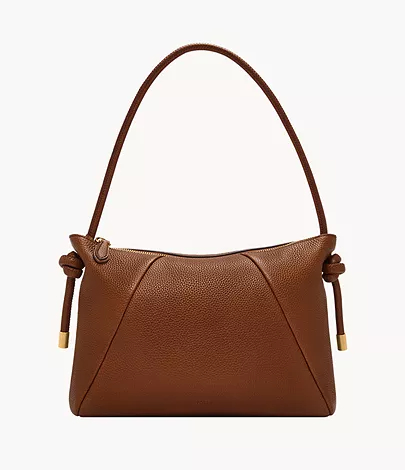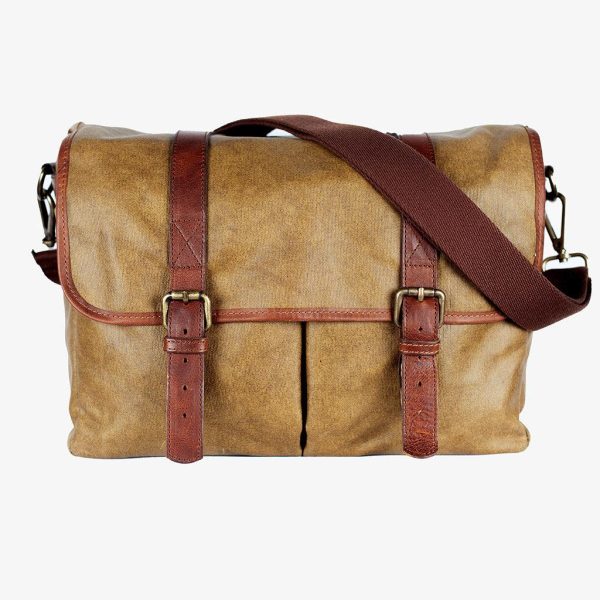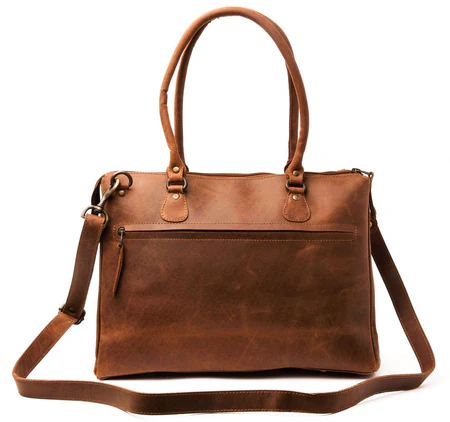JH Community
For Premium Leather Handbag!
Customization, Choose JH.
18+ Yeairs in Leather Bag OEM Manufacturing
From Hermès’ Mushroom Leather Bags: How Plant-Based Materials Are Changing the Fashion Game
August 22, 2025
The COVID-19 pandemic has visibly accelerated the global push toward sustainability.
In fashion, sustainability is no longer limited to marketing buzzwords—it has been internalized by brands as a strategic upgrade in product development and supply chains, shaping a deeper and more professional competitive landscape.
In 2021, luxury powerhouse Hermès partnered with California-based MycoWorks to launch the Victoria travel bag, crafted from mushroom mycelium—the root-like network of fungi—capturing global attention. Meanwhile, material company Berriestex has developed a vegan fabric using dried strawberries, stems, and leaves, combined with a plant-oil-based coating to achieve a texture similar to ostrich leather, while remaining waterproof and durable. Cabbtex, on the other hand, transforms discarded cabbage outer leaves and waste collected from markets into a flexible yet resilient material suitable for bags and accessories.

Hermès Mushroom Leather Victoria Travel Bag
The adoption of alternative and new-generation materials marks a fundamental breakthrough for luxury and high-end fashion brands pursuing sustainability. Among them, plant-based innovations are rapidly becoming the industry’s darlings, fueling a wave of eco-driven transformation.

Today, I’d like to share insights from PV Smart Key on plant-based materials and explore two key questions with you:
- Which plant-based innovations are attracting the most attention and setting future trends?
- And among these eco-solutions, how do we identify the ones truly capable of rewriting fashion’s rules?
About PV Smart Key
To promote sustainable and responsible fashion, Première Vision created a dedicated section in its online magazine (Première Vision MAGAZINE) called The Smart Keys. These articles offer guidance on ethical and eco-conscious practices, providing industry professionals with clear direction for sourcing sustainable materials. Inspired by the food industry’s “farm-to-table” philosophy, fashion is gradually embracing a “table-to-closet” approach—transforming everyday fruits and vegetables into innovative textiles that drive sustainability forward.
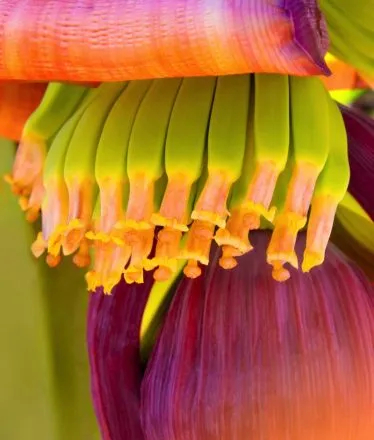
Fruits and Vegetables as New Materials
Over the past five years, a variety of fruits and vegetables have been harnessed to create innovative materials. Banana fibers, for instance, extracted from banana stems, are prized for their durability and resistance.
Ananas Anam—pioneers in the plant-based textile space—set an industry benchmark by not only producing innovative materials but also reusing production waste as fertilizer or biofuel, ensuring that every gram of biomass is fully utilized. Their most notable breakthrough involves extracting fibers from discarded pineapple leaves, processing them into felt, and coating them with corn-based resins to create a versatile textile.
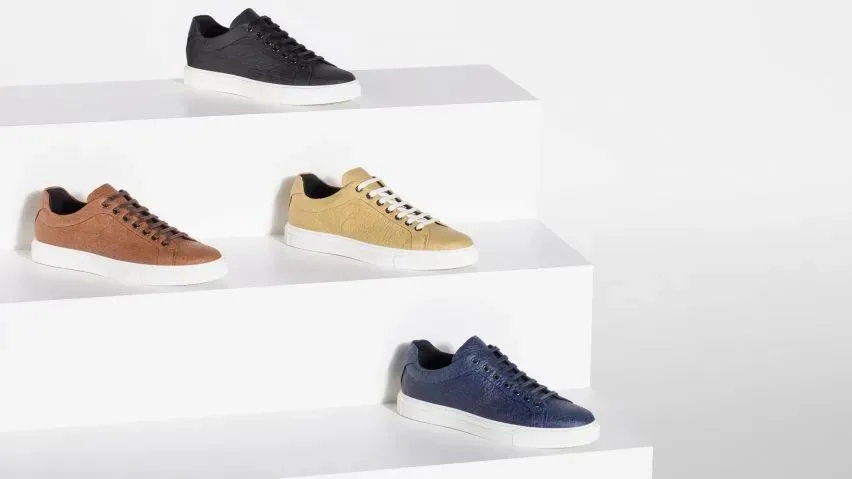
Hugo Boss eco-friendly footwear made with Ananas Anam – Piñatex
Other materials derived from kombucha or seaweed are currently being tested in pilot projects. With more plant-based resources under investigation, these innovations are expected to play a significant role in sustainable fashion’s future.
Natural Composites
Mirum® is a material made from agricultural byproducts such as cork powder, coconut husk fiber, soybean oil residues, latex, and natural rubber. It contains no petrochemicals, synthetic binders, or polyurethane coatings.
Natural Fiber Welding applies similar principles, cleverly recycling agricultural waste into textiles for leather goods, footwear, and even automotive interiors.
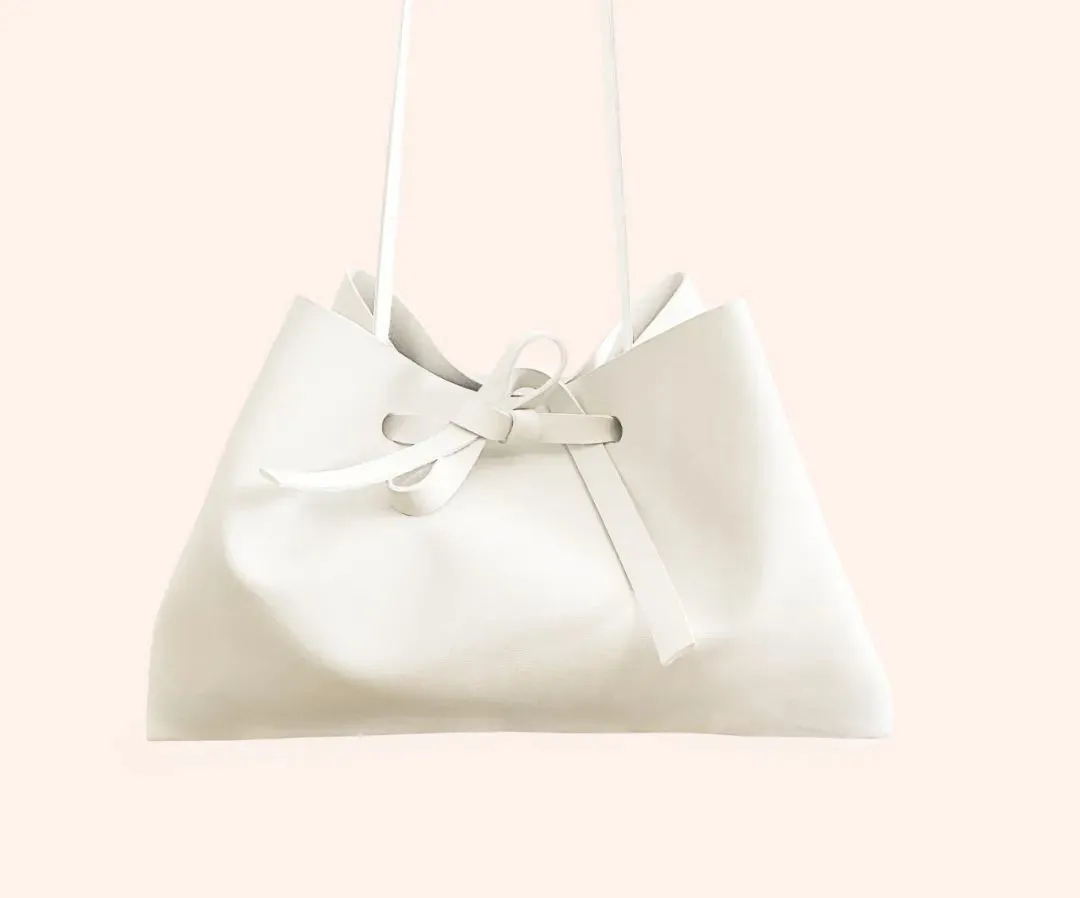
Bags crafted from Mirum material
Meanwhile, Agraloop™ technology transforms stalks and leaves of hemp, flax, and other edible or medicinal plants into soft, eco-friendly fibers for garment production.
Materials Between Synthetic and Natural
Artificial leathers are also evolving under sustainable principles. Though still partially reliant on hydrocarbons, new bio-based components are increasingly integrated. For example:
- Vegea®, derived from grape marc
- Appleskin®, made from apple pomace
- Viridis®, from recycled corn cobs
- Desserto®, from cactus leaves

H&M Conscious collection featuring Vegea, a vegan leather made from Italian wine waste
These materials combine recycled fabrics (cotton or polyester) with bio-based polyurethane coatings sourced from agricultural waste. Although not yet entirely bio-based, they represent a transitional step toward greener alternatives.
Root-Based Materials

Mushroom mycelium—fungi’s root-like structure—stands out as one of the most groundbreaking materials in the ecological field today. It forms a dense fibrous network that, once processed, resembles felt and offers heat resistance, shock absorption, breathability, and water resistance.

Lululemon bags made with Mylo, a mycelium-based leather alternative
The cultivation of mycelium requires agricultural waste or cellulose catalysts to stimulate dense growth under controlled humidity and temperature. Once harvested, the material undergoes tanning, eco-friendly finishing, and embossing to create a leather-like texture.
While promising, these materials are still in early stages of innovation. Laboratory studies and pilot projects show strong potential, but widespread commercial adoption will take time and patience. Fashion must evolve hand-in-hand with these technologies.
How Do We Identify True Game-Changers?
Première Vision’s Smart Key outlines three principles:
1. Build Industry Collaboration Networks

Agricultural production generates up to 60% of biomass residues that are often overlooked. For fashion to benefit, these residues must be responsibly sourced and free from harmful substances. Crucially, innovation should not place additional pressure on land use—such as deforestation or GMO monocultures—otherwise, it contradicts the very idea of sustainable fashion. Instead, cross-industry collaboration between agriculture, food, and material science should be fostered to encourage symbiosis. Secondary raw materials should become part of the circular economy to reduce ecological footprints.
2. Evaluate Ratios and Properties
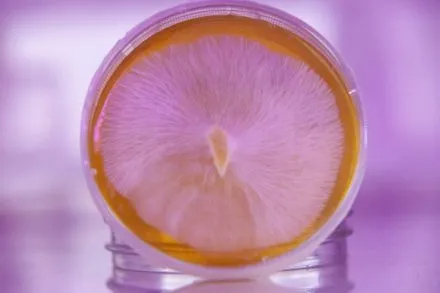
To qualify as truly responsible, new materials must demonstrate measurable improvements over standard alternatives—especially in terms of bio-based content. Other critical performance indicators include chemical processing, mechanical resilience, breathability, and waterproofing. Plant-based materials are valued for their biodegradability potential, but we must also ask: can the final product biodegrade under real conditions, and what processes are required to achieve this?
3. Test Durability and Performance

Once identified as promising alternatives to leather or synthetics, plant-based materials must undergo rigorous testing for tensile strength, flexibility, and abrasion resistance. Physical and mechanical testing prevents premature wear, cracking, or deterioration—issues that plagued early polyurethane and PVC products. Only materials that meet these durability standards can serve as truly viable, sustainable replacements.
Final Thoughts
Plant-based innovations—from mushroom mycelium to fruit and vegetable fibers—are reshaping the future of fashion. They bring creativity, responsibility, and hope to an industry in urgent need of transformation. But the path forward requires patience, collaboration, and continuous testing.
The fashion industry’s real challenge lies not in adopting “green” buzzwords but in identifying which innovations can truly rewrite the rules of the game.
Let's Create Something Exceptional Together
Have a project in mind? Looking for a reliable partner for custom leather bag manufacturing? Get in touch with us today! Our team is ready to discuss your needs and bring your ideas to life with expert craftsmanship and premium materials
